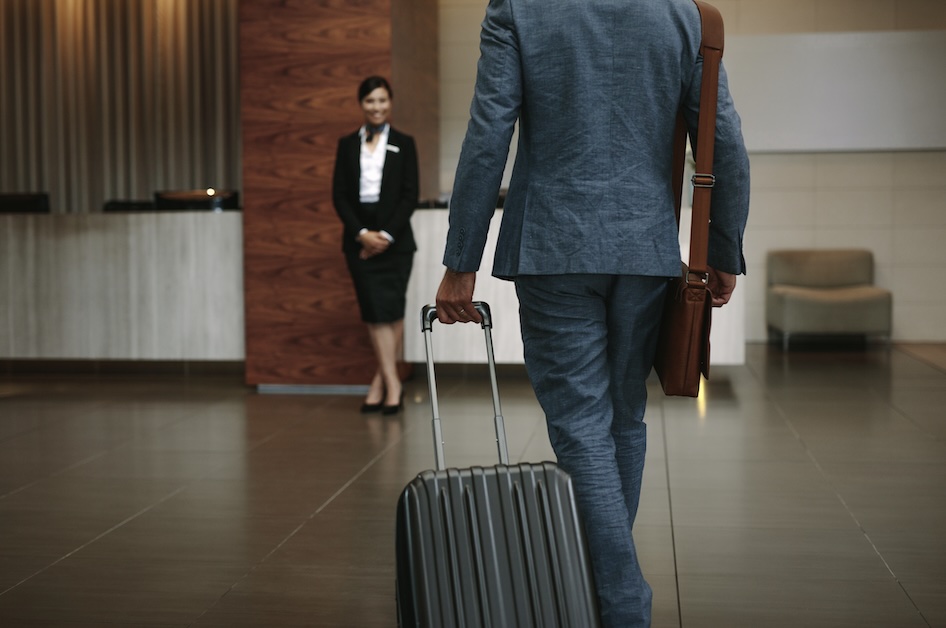
This year, SAP Concur’s Global Business Travel Research Report captures sentiment across travelers, travel managers, and CFOs. It documents that 55% of travelers say business travel is essential to do their jobs, and that budgets are largely expected to increase or stay the same—89% of travelers, 93% of travel managers, and 90% of CFOs report no planned cuts. The research also flags five forces shaping decisions in 2025: digital tools don’t replace travel, budgets are steady, “travelscrimping” is real, safety concerns are meaningful, and AI/cybersecurity are changing the game.
So where does this leave travel leaders? The following results tell a clear story.
1. Budgets hold up, but value is under scrutiny
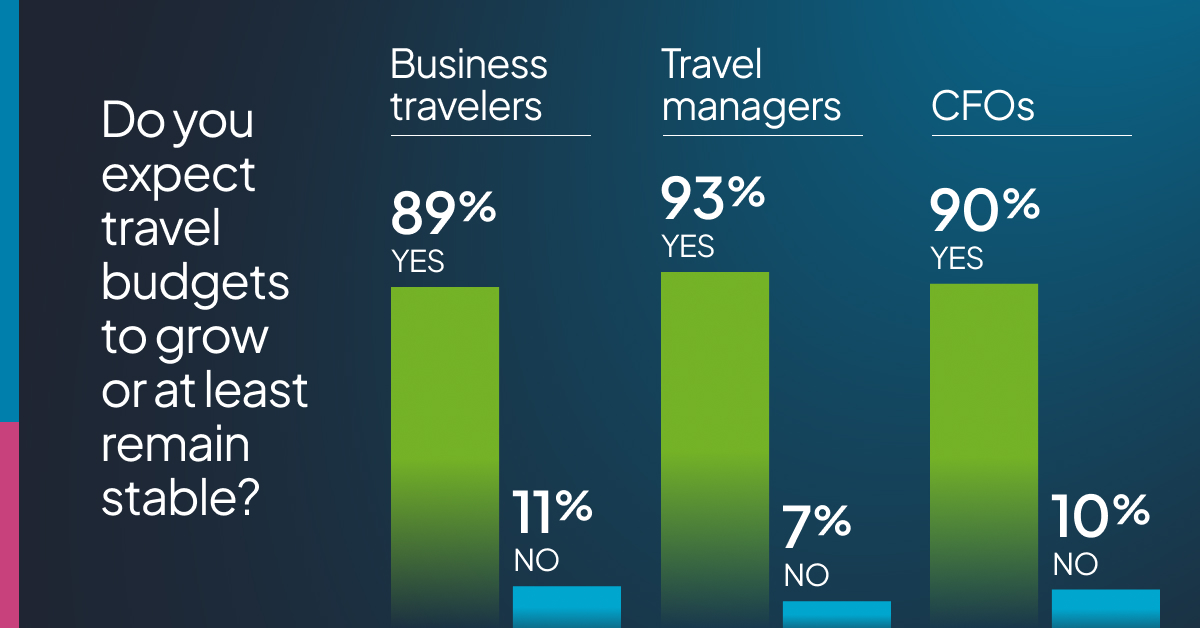
Across all three cohorts, the majority anticipate no cuts to travel budgets: 89% of travelers, 93% of travel managers, and 90% of CFOs. Yet the same section explains why that doesn’t automatically translate to comfort or value: travel costs rose sharply in recent years, prompting companies to consolidate trips and cut unnecessary travel.
As one travel leader put it, “Suppliers have the upper hand because people are doing more leisure travel, which affects the cost of hotel accommodations and seats on planes” (Report, p. 4).
The report also highlights a persistent funding gap. Sixty-nine percent of travel managers say the company’s budget doesn’t reflect travel’s importance to success, and 81% of CFOs say budget limits keep employees from traveling as much as needed to be effective. Those tensions directly shape program design and traveler sentiment.
2. “Travelscrimping” becomes a norm travelers can feel
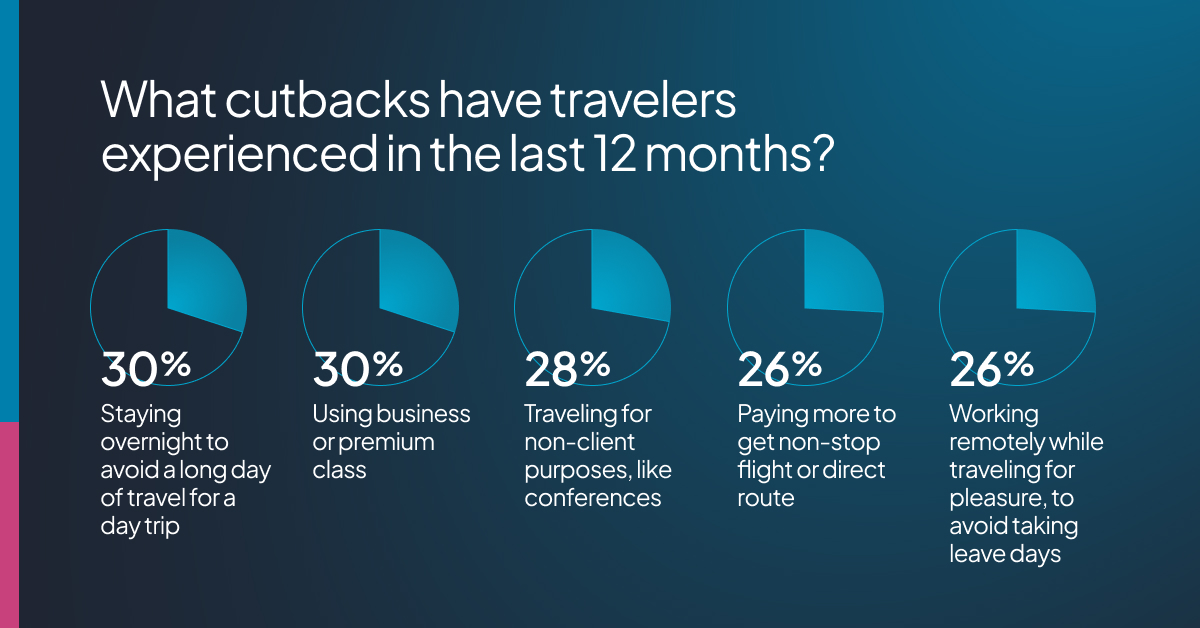
Rather than sweeping policy changes, many employees experience a series of small cutbacks the report calls “travelscrimping.” In the past 12 months, 30% of travelers report reduced access to business/premium class, 30% report fewer overnights to avoid long day trips, and 26% report less willingness to pay for a nonstop. At the same time, 84% say they spend more freely on company-funded trips than leisure travel, and a striking 85% are willing to use personal funds to improve comfort.
These are not isolated anecdotes—60% of travelers, 59% of managers, and 59% of CFOs report that travelscrimping is being implemented. The behavior underscores why clear, transparent funding rules and realistic expectations are essential for compliance and morale.
3. Safety and itinerary reliability drive refusal risk
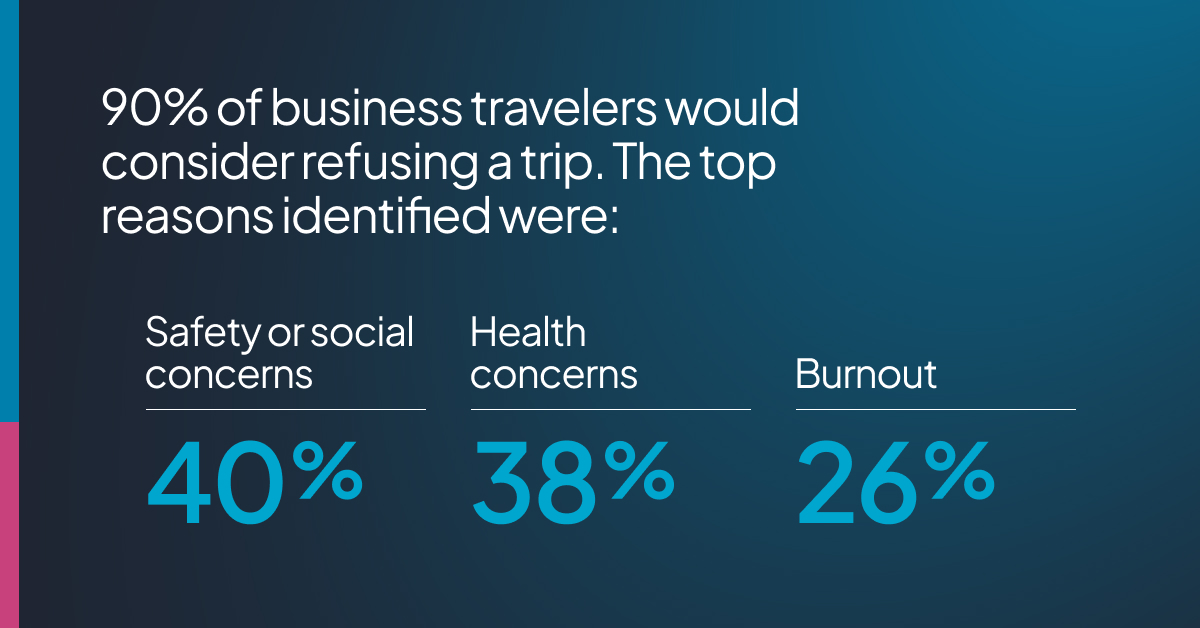
The report is unambiguous: 58% of travelers express concern about flight safety, and 16% say the concern makes them hesitant to fly for work at all (rising to 27% in the Middle East and 4% in Japan). Overall, 90% say they would consider refusing a trip; the top reason is safety or social concerns (40%), followed by health concerns (38%) and burnout (26%).
One global travel manager captures the feeling: “Aviation safety is a huge concern. Will the plane take off? Will I get there? How am I getting home?” (Report, p. 9).
Reliability is part of the same story: one in five travelers would refuse an itinerary if it required a connection, reflecting concerns about missed flights and getting stranded somewhere they don’t feel safe. For CFOs, 45% rank employee reluctance to travel right alongside geopolitical tensions as a top business risk—another signal that duty-of-care, routing choices, and traveler autonomy matter.
4. AI’s double edge in expense control
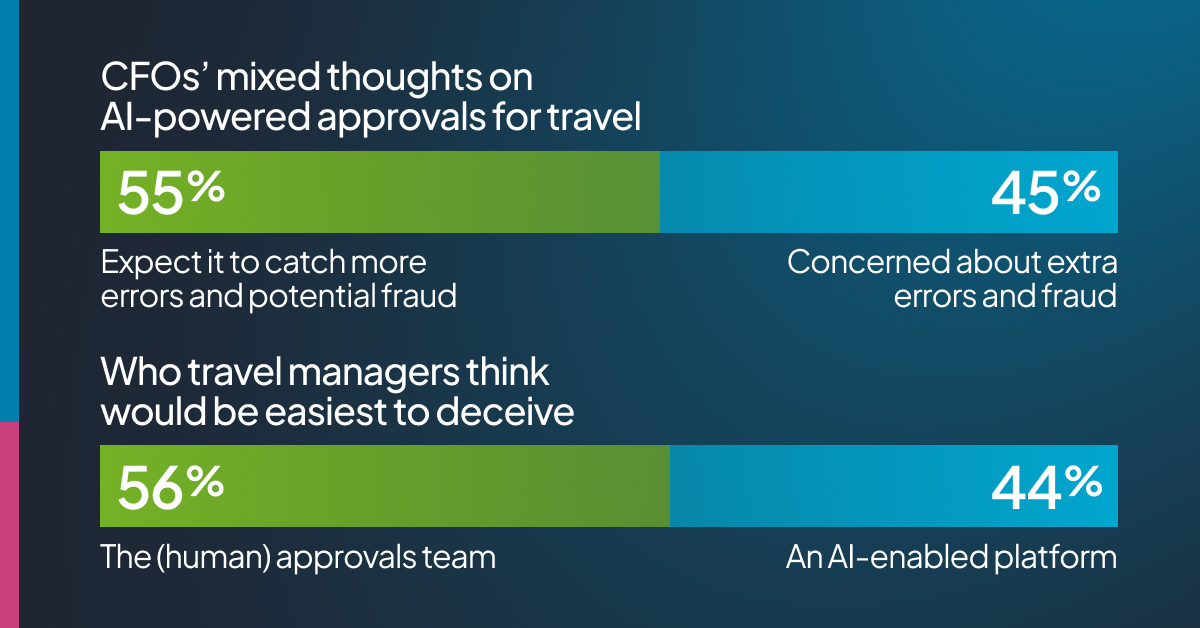
Generative tools have made fake receipts easier to create, and 75% of travelers believe coworkers are at least “a bit likely” to use AI to falsify expenses (82% in the U.S.; 58% in Japan). Yet there’s optimism on the control side: 55% of CFOs expect AI to catch more errors and fraud than traditional methods. Travelers themselves say the human approvals team (56%) would be easier to deceive than an AI-enabled platform (44%)—a telling vote of confidence in automated checks.
“If the program is not embracing AI, it’s going to be behind,” says Paula Finn, a global travel and expense manager (Report, p. 12).
5. Cybersecurity steps out of IT and into policy
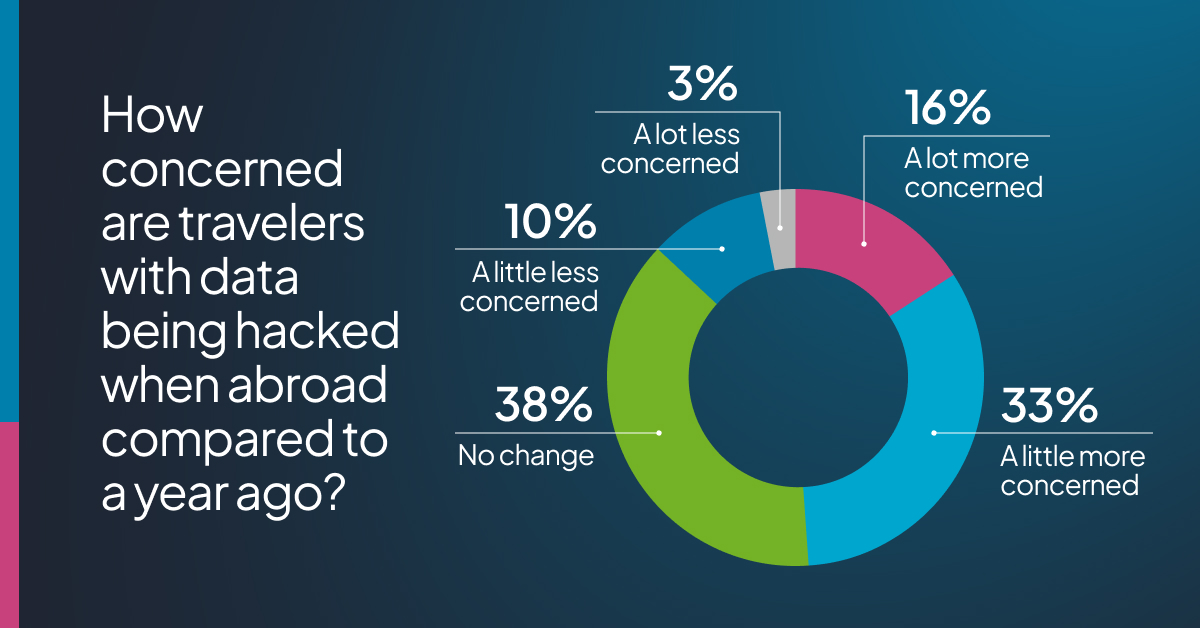
Cyber risk has become a traveler issue, not just an IT concern. Forty-nine percent of travelers report increased concern about cyber threats while abroad, and a majority of travel managers (56%) say their companies have already updated cybersecurity guidelines; another 27% are reviewing changes. These shifts validate the need to address data-handling, device hygiene, and network choices in trip planning and policy.
6. Who decides? A three-way tug-of-war
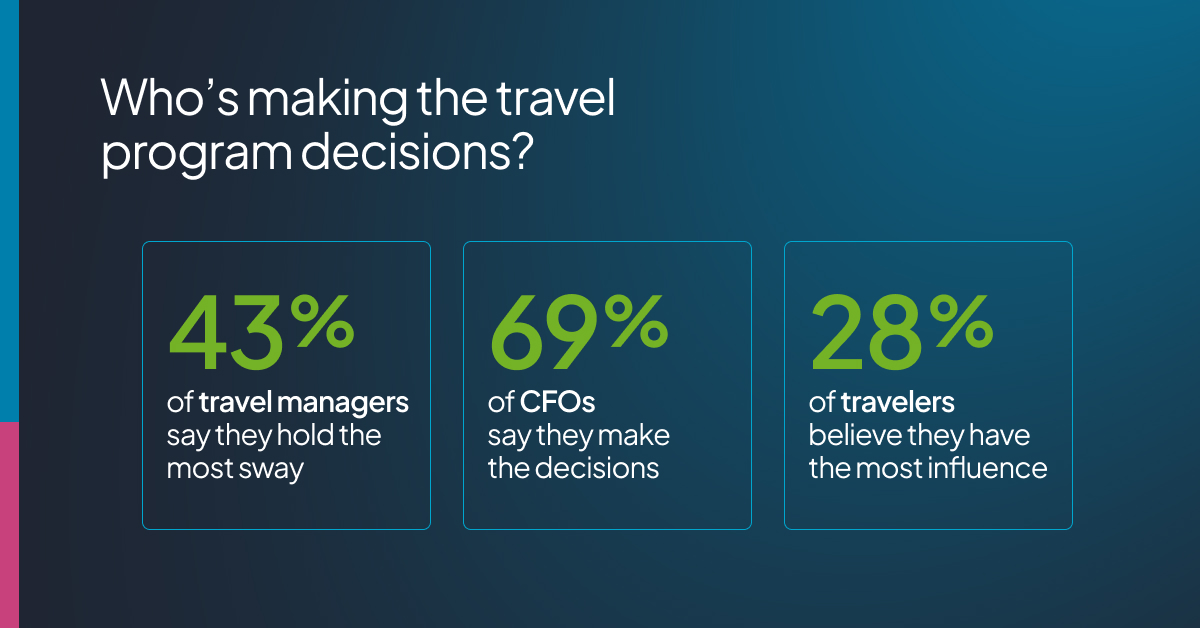
Decision rights are contested. Forty-three percent of travel managers say they hold the most sway over policy changes, but 69% of CFOs say CFOs make the decisions. Only 9% of CFOs and 16% of managers see traveler input as most influential, even though 28% of travelers believe it’s the travelers who shape policy. This dynamic puts a premium on cross-functional governance and clear ownership.
Implications for travel programs
In practical terms, the findings translate into a focused set of moves across policy, care, suppliers, and controls to keep travelers moving while tightening risk.
Policy and budget
Start by aligning money with mission: clear, codified funding rules reduce gray areas that drive leakage, inequity, and frustration.
- Make funding rules explicit. Because travelscrimping is both common and uneven, spell out what’s funded and why—especially for nonstops, premium cabin eligibility, and overnights—so travelers don’t fill gaps with personal spend or off-policy choices.
- Align budget signals with business goals. The disconnect that 69% of managers and 81% of CFOs describe calls for a clear rubric tying trip types to outcomes and thresholds.
Duty of care and traveler confidence
Turn discretion into policy—affirm refusal rights, favor safer routings, and embed cyber hygiene so confidence is designed in, not assumed.
- Codify refusal rights and safe-routing preferences. With 40% citing safety/social concerns and 38% health concerns as top refusal reasons—and 20% unwilling to connect—policies should back traveler discretion and favor reliable routings on critical lanes.
- Extend duty of care to cyber. Integrate device, data, and network guidance into pre-trip steps and onboarding; most programs are already updating standards.
Supplier and sustainability strategy
With budgets steady but costs elevated, prioritize partners for reliability and wellbeing while meeting finance’s growing sustainability signals.
- Buy for reliability and well-being. Where budgets are steady but costs elevated, prioritize suppliers that reduce risk (e.g., nonstop coverage, dependable operations) and support traveler outcomes.
- Track CFO priorities. Finance leaders place greener travel slightly ahead of pure savings, and many worry that regulatory change could affect company health—signals to incorporate emissions and compliance into selection criteria.
Digital, AI, and controls
Deploy automation where it cuts risk and friction, and pair it with transparent guardrails and human oversight to earn trust.
- Deploy AI where it deters risk. Given the fraud landscape, emphasize AI-assisted pre-audit and receipt forensics, while communicating that automation complements human oversight.
- Pair new tools with training and transparency. Traveler acceptance improves when programs explain how AI and data are used—and where human judgment remains the backstop.
Recommended actions checklist
Use this short list to convert the report’s themes into concrete, near-term changes you can implement this quarter.
- Publish a short “What’s funded and why” explainer for nonstops, cabin class, and overnights to reduce confusion and out-of-policy workarounds.
- Create a safety-first routing standard that favors nonstops on critical routes and affirms refusal rights when safety, social, or health concerns apply.
- Add cyber-readiness steps to pre-trip workflows (device updates, secure connectivity options, data-access guidelines); align with the majority who have updated guidance.
- Roll out AI-assisted expense checks and articulate dual controls to deter falsification.
- Establish clear governance among managers, finance, and traveler representatives to reduce the decision-rights mismatch.
If you’re ready to turn steady budgets into measurable value, Christopherson Business Travel can help. Meet with a CBT expert to complete a program assessment, refresh policy and duty of care, realign supplier strategy, and modernize AI-assisted controls that protect spend and traveler confidence—without adding friction.
Frequently asked questions
Are business travel budgets increasing in 2025?
Yes—89% of travelers, 93% of travel managers, and 90% of CFOs expect budgets to increase or stay the same.
What is “travelscrimping”?
A set of small cutbacks to stretch budgets, such as reduced access to premium cabins (30%), fewer overnights (30%), and less willingness to pay for nonstops (26%).
Why might a traveler refuse a trip?
90% would consider refusing, primarily due to safety or social concerns (40%), followed by health concerns (38%); 1 in 5 would refuse if a connection is required.
How do CFOs view AI in expense control?
55% expect AI to catch more errors and fraud than traditional methods; travelers say human approvers (56%) are easier to deceive than an AI platform (44%).
Are travelers more worried about cybersecurity now?
Yes—48% report increased concern while abroad; 56% of managers say their companies have already updated guidelines, with another 27% reviewing changes.
Is business travel still essential for employees?
Yes—55% of business travelers say travel is essential to do their jobs (Report, p. 3).
Are travel budgets increasing or decreasing?
Most stakeholders expect budgets to increase or stay the same: 89% of travelers, 93% of travel managers, 90% of CFOs.
How concerned are travelers about flight safety?
58% have some concern, and 16% hesitate to fly; 27% in the Middle East vs. 4% in Japan report hesitancy.
► You’ll also like: 9 common business travel challenges—and how we help solve them




